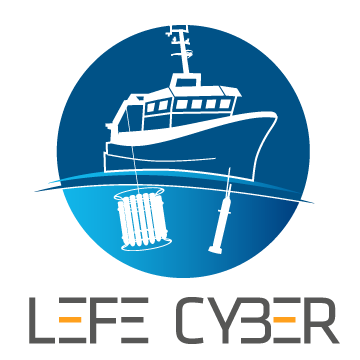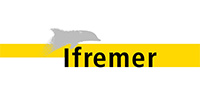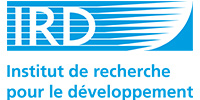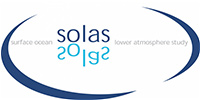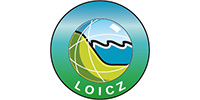Observation Services
MOOSE
DYFAMED station in the Ligurian Sea
The global Mediterranean basin including its seas and the bordering continental surfaces has always proven to be a politically critical area due to the social issues arising in this cradle of civilization. Subject to increasing anthropogenic constraints, it is now environmentally threatened both in terms of its ecological balance and its exploitable resources and water systems. Despite intensive research efforts undertaken in the Mediterranean Sea over more than a century, an integrated view of its evolution, viewed in the climate change and anthropogenic pressure, still lacks. To meet this challenge, INSU has decided to set up rapidly a national prospective for a new generation of observing systems with multiple and integrated sites, designed to record the ecosystems changes in this marine region. This was intended to enlarge the scope of the long term observation panel in this area within the framework of the national MISTRALS program. In this context, a Mediterranean Ocean Observing System for the Environment (MOOSE) has been set up as an interactive, distributed and integrated observatory system of the NW Mediterranean Sea to detect and identify long-term environmental anomalies. Another target is to define efficient indicators of the health of the NW Mediterranean basin.
| Name | Lab. | Status | Topics |
|---|---|---|---|
| Raimbault P. | MIO | DR | Biogeochemistry |
| Mortier L. | ENSTA | Meteorology, Remote Sensing, Geochemistry |
In the framework of the French MOOSE project (Mediterranean Ocean Observing System for the Environment), an eulerian time series so-called DYFAMED (Ligurian Sea) performs since 1991 a monthly multidisciplinary monitoring to observe: 1) the evolution of the water mass properties (LIW and WMDW), 2) the carbon export change and 3) the variability of the biological species relative to climate forcing (temperature, acidification). In addition to monthly CTD profiles, a standalone mooring is located in the DYFAMED site with CTD and currents sensors (since 2009) and two sediment traps (Technicap PPS5) for collecting large particles and zooplankton every 15 days (48 samples per year).
| Name | Lab. | Status | Topics |
|---|---|---|---|
| Coppola L. | OOV | CNAP | Biogeochemistry |
| Guidi-Guilvard L. | LOV | CR | Meiobenthology |
